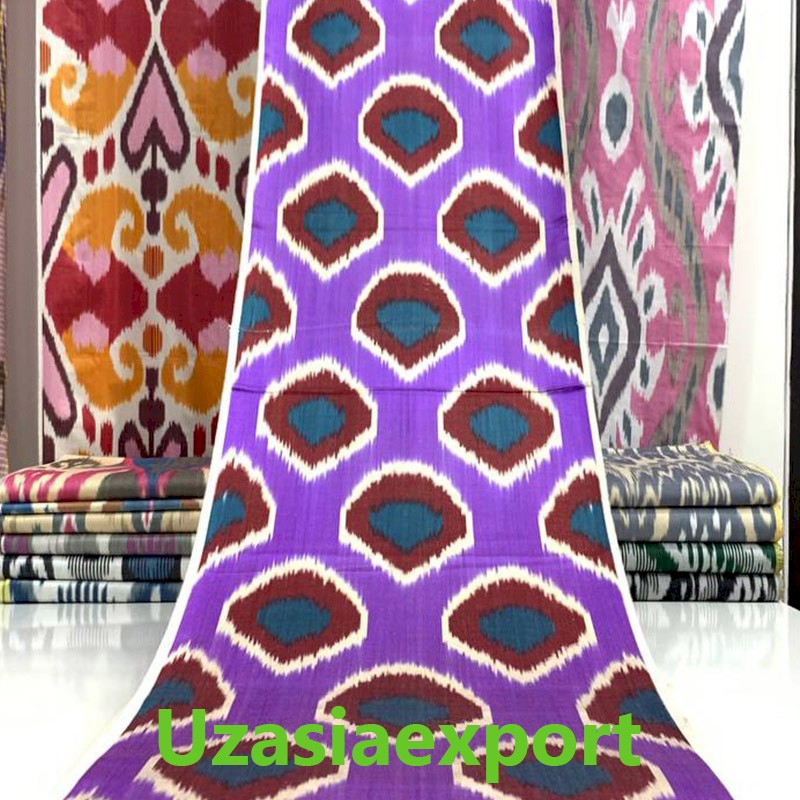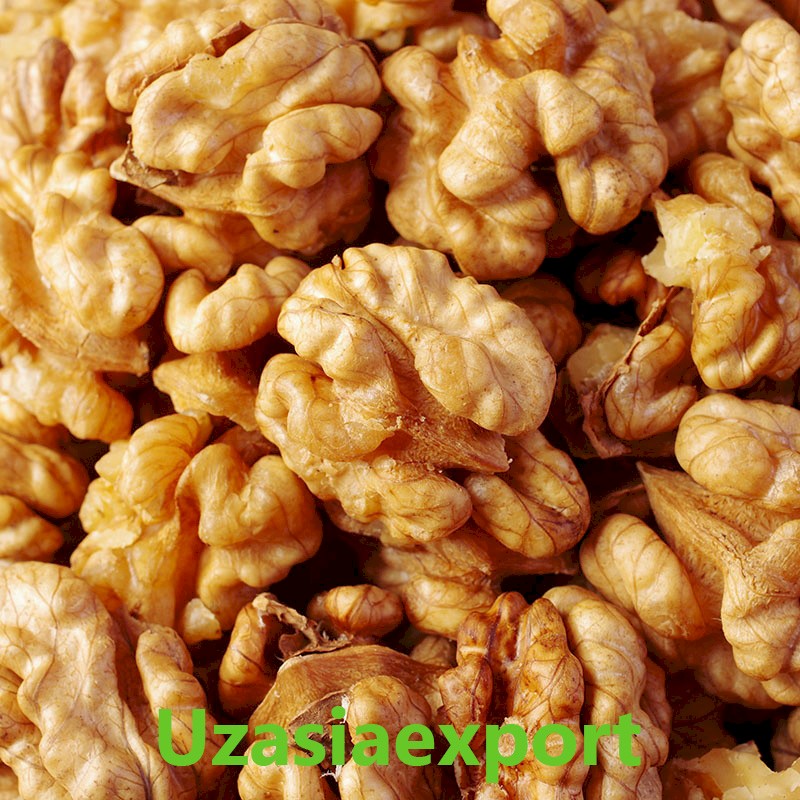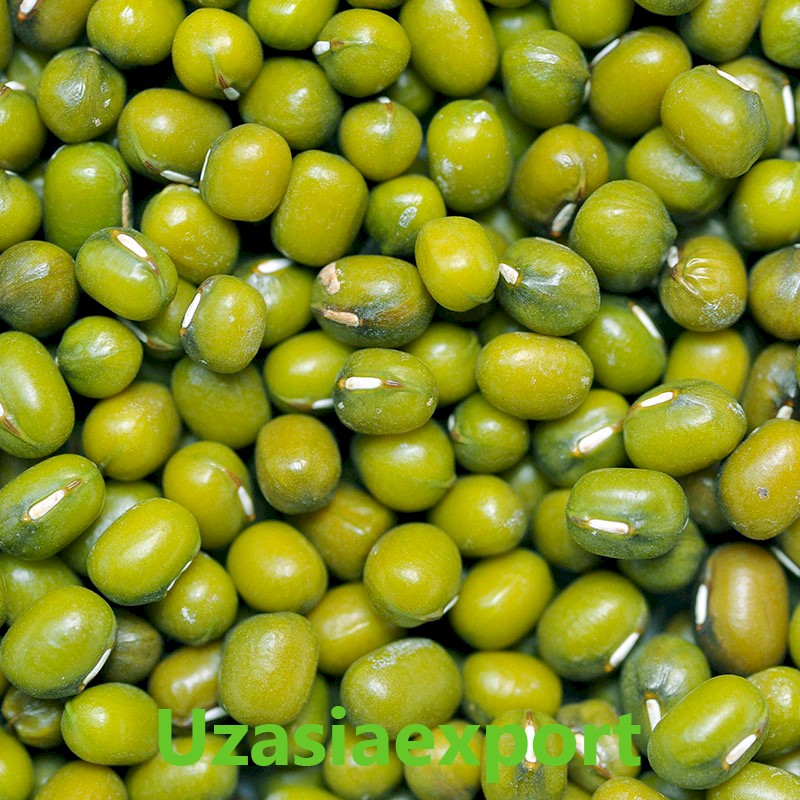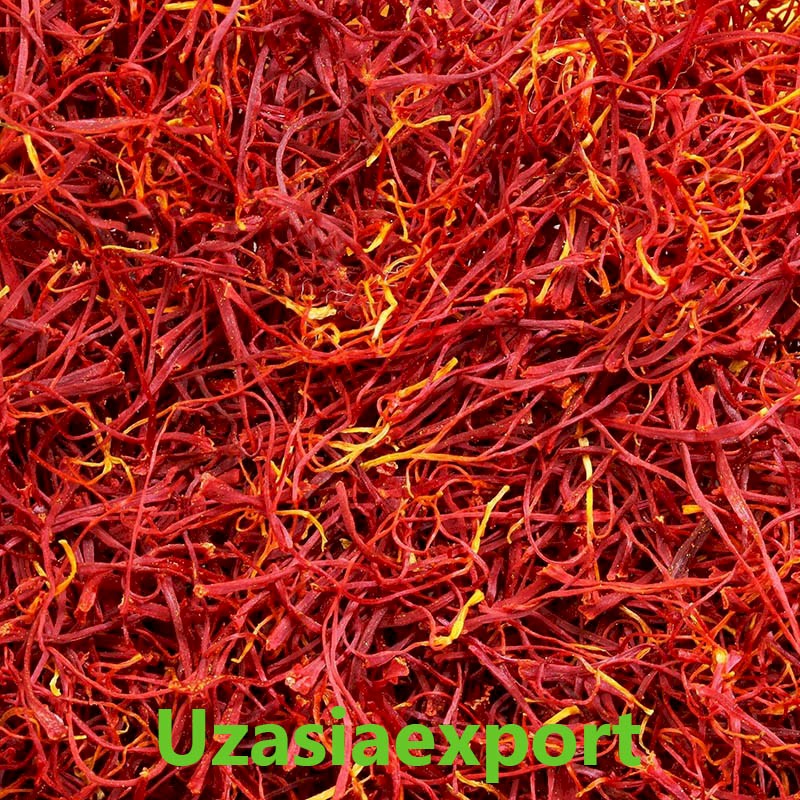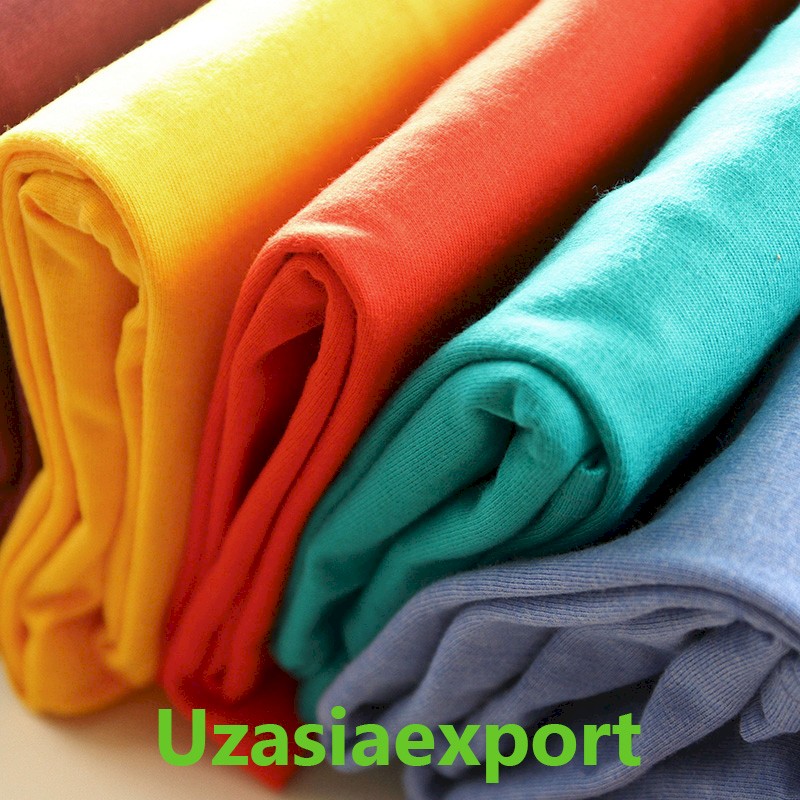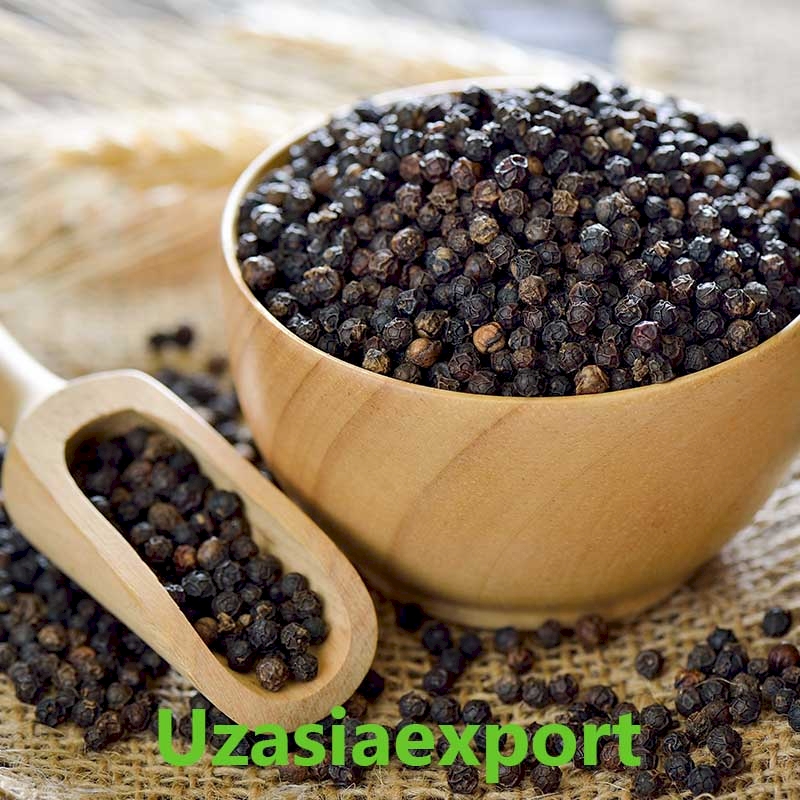Adras fabric
-
Product category: Hand made
Suppliers:0
Small description
The ancient cities of Central Asia, along which the Silk Road passed, have always been famous for the production of exquisite fabrics. The centers of Uzbek weaving were and remain Bukhara, Margilan, Namangan, Kokand and others. Today, these places are famous for the beauty of hand-made silk not only throughout the country, but throughout the world. Centuries-old traditions of hand-made silk and cotton fabrics have been an integral part of national clothing, culture and interior design.
A special place is occupied by traditional fabrics made according to an ancient technology, which is called “ikat” in the West. The name comes from the Indonesian verb "mengikat" which means "to bind". This sophisticated weaving technique is performed entirely by hand and consists in the fact that the threads of the fabric are tied into bundles and dyed in certain colors. Then, when the fabric is woven, a pattern is drawn on it. In Uzbekistan, this technique is called "abrband", which means - a tied cloud.
There are several legends associated with the emergence of this weaving technique. According to one legend, once an artist was sitting on the bank of the river. The sky and clouds reflected in the river. The artist drew attention to the play of colors shimmering on the water surface and how the current changed the shape of the clouds. He sketched all this and showed it to the weavers, who tried to reproduce it on the fabric. Later, the word "abr" (which translates as "cloud") began to be used in the designation of the style of thread dyeing in traditional fabrics, thus the fabrics began to be called abr, and the weavers were called abrbands.
The silk fabric itself varied in the quality of the silk and in its composition. A fabric made from pure silk is called shoi, satin, podshohi. And the fabric made of cotton and silk is called adras, bekasab, pasma, banoras.
Abr patterns were distinguished by their diversity. Each school of silk weaving was famous for its artistic ornament. Each pattern was named after the shape it resembled. The most common were: tumorcha (amulet), tarok (comb), gajak (decoration), lesson (sickle), bodom (almond), darakht (tree), anor (pomegranate), oy (moon), shoh (horn), nogora (timpani), chakirim (echo), kapalak (butterfly), ilon easy (snake trail), chayon (scorpion), etc.
Modern ikat patterns also often feature traditional Uzbek jewelry, such as teardrop earrings and triangular pendants (tumor). When an Uzbek girl got married, she had to wear the best jewelry that indicated the wealth of her family. It was said that if a girl could not walk under the weight of jewelry, then she was from a very wealthy family. However, decorations were very expensive and without them, the wedding ceremony was considered shameful, so to solve this problem, people began to buy ikat with images of decorations.

Suppliers of this product
Shown 0 goods from 0
Hot deals
Popular products currently available



